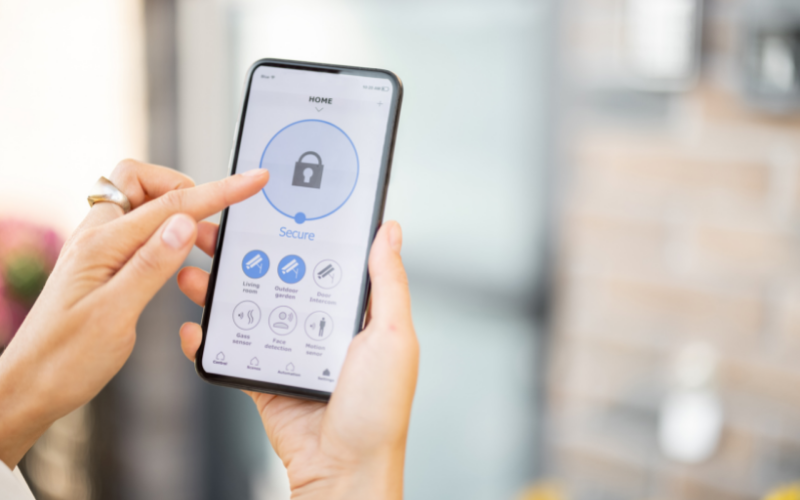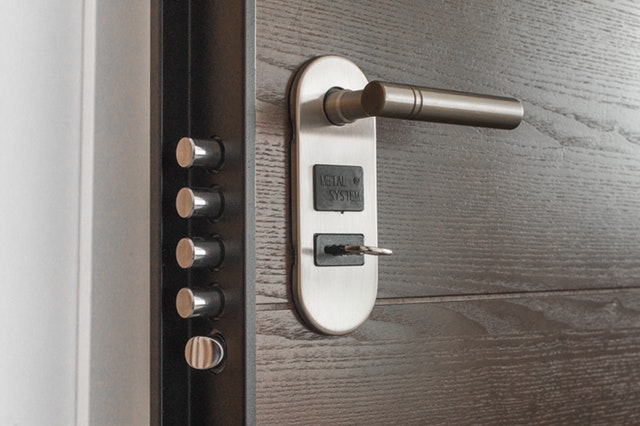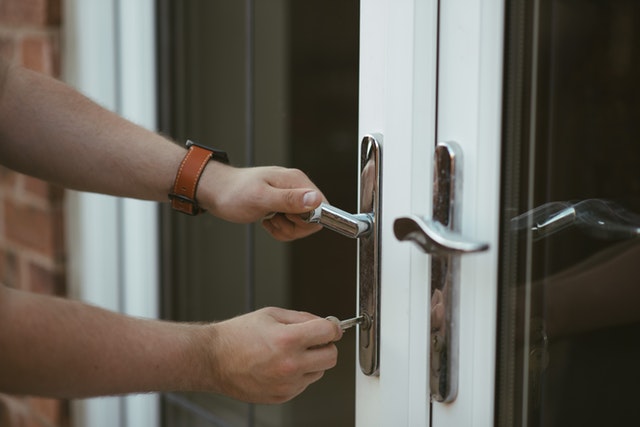Protecting Your Home and Finances: How to Spot Mortgage Scams
 Buying a home is one of the most significant financial investments many of us will ever make. It is crucial to be vigilant against mortgage scams that can threaten your financial security and homeownership dreams. Mortgage scams come in various forms, but with awareness and caution, you can protect yourself from falling victim to fraudsters.
Buying a home is one of the most significant financial investments many of us will ever make. It is crucial to be vigilant against mortgage scams that can threaten your financial security and homeownership dreams. Mortgage scams come in various forms, but with awareness and caution, you can protect yourself from falling victim to fraudsters.
Understanding Mortgage Scams
Mortgage scams can take many shapes and forms, but they often share common traits aimed at exploiting unsuspecting homeowners or potential buyers. Some of the most prevalent mortgage scams include:
Foreclosure Rescue Scams: Fraudsters target homeowners facing foreclosure by offering to help them save their homes in exchange for upfront fees or signing over the deed. These scammers often promise to negotiate with lenders or provide refinancing options but ultimately fail to deliver on their promises.
Loan Modification Scams: Similar to foreclosure rescue scams, loan modification scammers claim they can modify the terms of your mortgage to make payments more affordable. They may request upfront fees and personal financial information, only to disappear without providing any assistance.
Equity Skimming: In equity skimming scams, fraudsters target homeowners with substantial equity in their homes. They convince homeowners to transfer the property title or take out a second mortgage, promising to handle payments while allowing the homeowner to stay in the home. However, they typically fail to make payments, leading to foreclosure and loss of equity.
Predatory Lending Practices: Predatory lenders target vulnerable borrowers with high interest rates, hidden fees, and unfavorable terms. They often use aggressive tactics to push loans that borrowers cannot afford, putting them at risk of default and foreclosure.
Tips for Spotting Mortgage Scams
Protecting yourself from mortgage scams requires diligence and awareness. Here are some essential tips to help you spot potential scams and safeguard your finances:
Do Your Research: Before engaging with any mortgage assistance or refinancing service, research the company or individual thoroughly. Check for reviews, complaints, and any regulatory actions against them.
Beware of Upfront Fees: Be cautious of any company or individual that requests upfront fees before providing services. Legitimate mortgage assistance programs typically do not require payment until services are rendered. If a company insists on upfront fees, it’s a red flag indicating a potential scam.
Read Contracts Carefully: Never sign any documents or contracts without fully understanding the terms and conditions. Take the time to read through all paperwork, including the fine print. If anything seems unclear or suspicious, seek clarification from a trusted financial advisor or legal professional.
Trust Your Instincts: If something sounds too good to be true or feels uncomfortable, trust your instincts. Scammers often use pressure tactics or make unrealistic promises to lure victims.
Seek Guidance from Trusted Sources: If you’re unsure about the legitimacy of a mortgage offer or assistance program, seek guidance from reputable sources such as housing counselors, financial advisors, or government agencies. These professionals can provide valuable insights and help you navigate complex mortgage transactions.
Protecting yourself from mortgage scams requires vigilance, skepticism, and informed decision-making. By understanding common scams, recognizing warning signs, and following the tips outlined in this blog, you can safeguard your home and finances against fraudulent schemes.

 lmost everyone has been locked out of their home before. If you do not have a hidden key or someone else with a key, it can be stressful to wait for a locksmith to come and open the door. Fortunately, there are ways homeowners can address this issue, and one of the options is to get a smart lock or an electronic lock instead.
lmost everyone has been locked out of their home before. If you do not have a hidden key or someone else with a key, it can be stressful to wait for a locksmith to come and open the door. Fortunately, there are ways homeowners can address this issue, and one of the options is to get a smart lock or an electronic lock instead.  One of the best things about moving into a new home is personalizing it and really making it yours. From hanging wall art to arranging furniture to finding the perfect spot for your grandmother’s hand crocheted afghan, it’s a real joy to decorate.
One of the best things about moving into a new home is personalizing it and really making it yours. From hanging wall art to arranging furniture to finding the perfect spot for your grandmother’s hand crocheted afghan, it’s a real joy to decorate. As a new homeowner, now is the time to take control and organize your house for safety and security. The following first five steps should be carried out in the first few weeks if possible.
As a new homeowner, now is the time to take control and organize your house for safety and security. The following first five steps should be carried out in the first few weeks if possible.